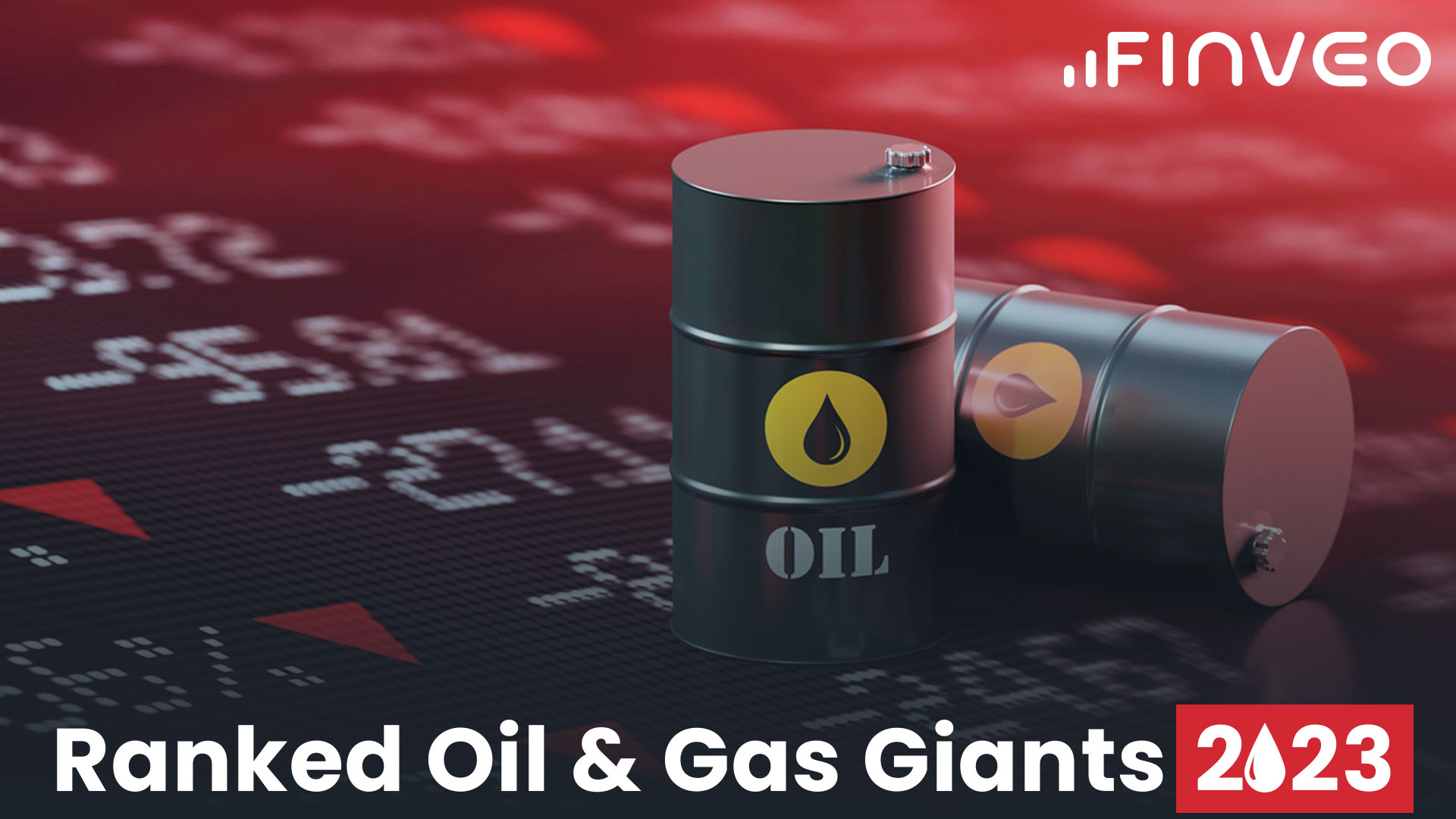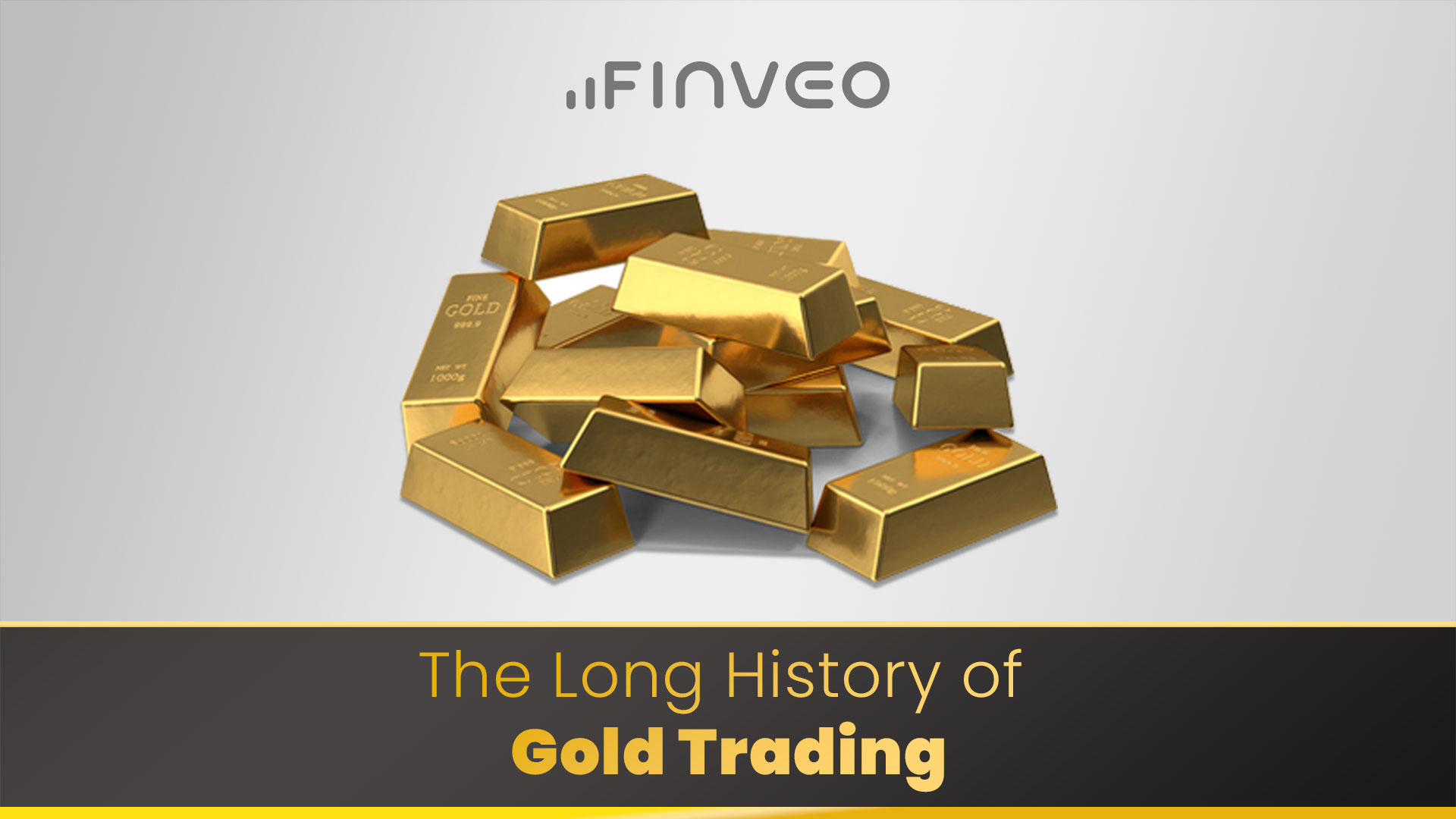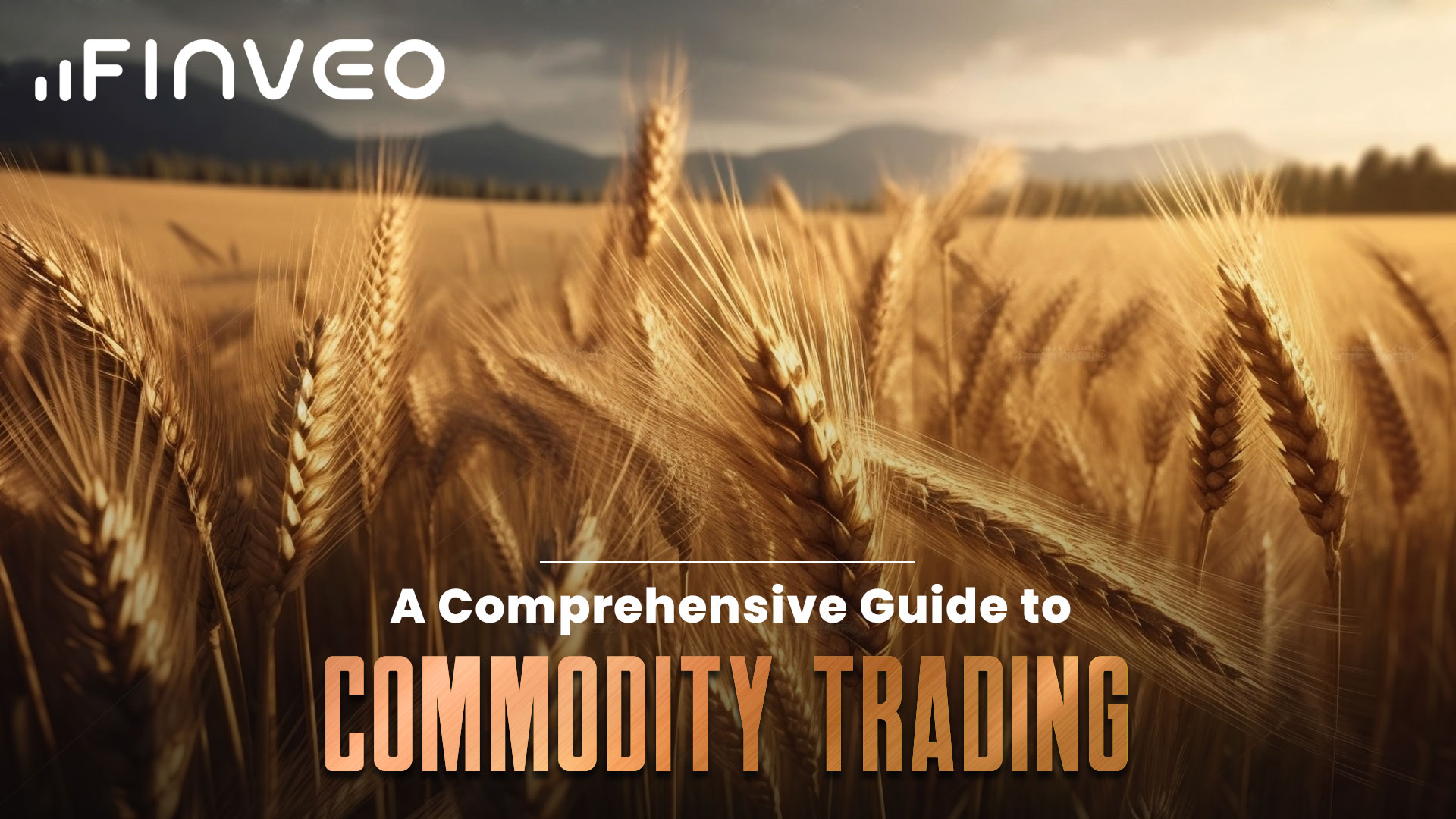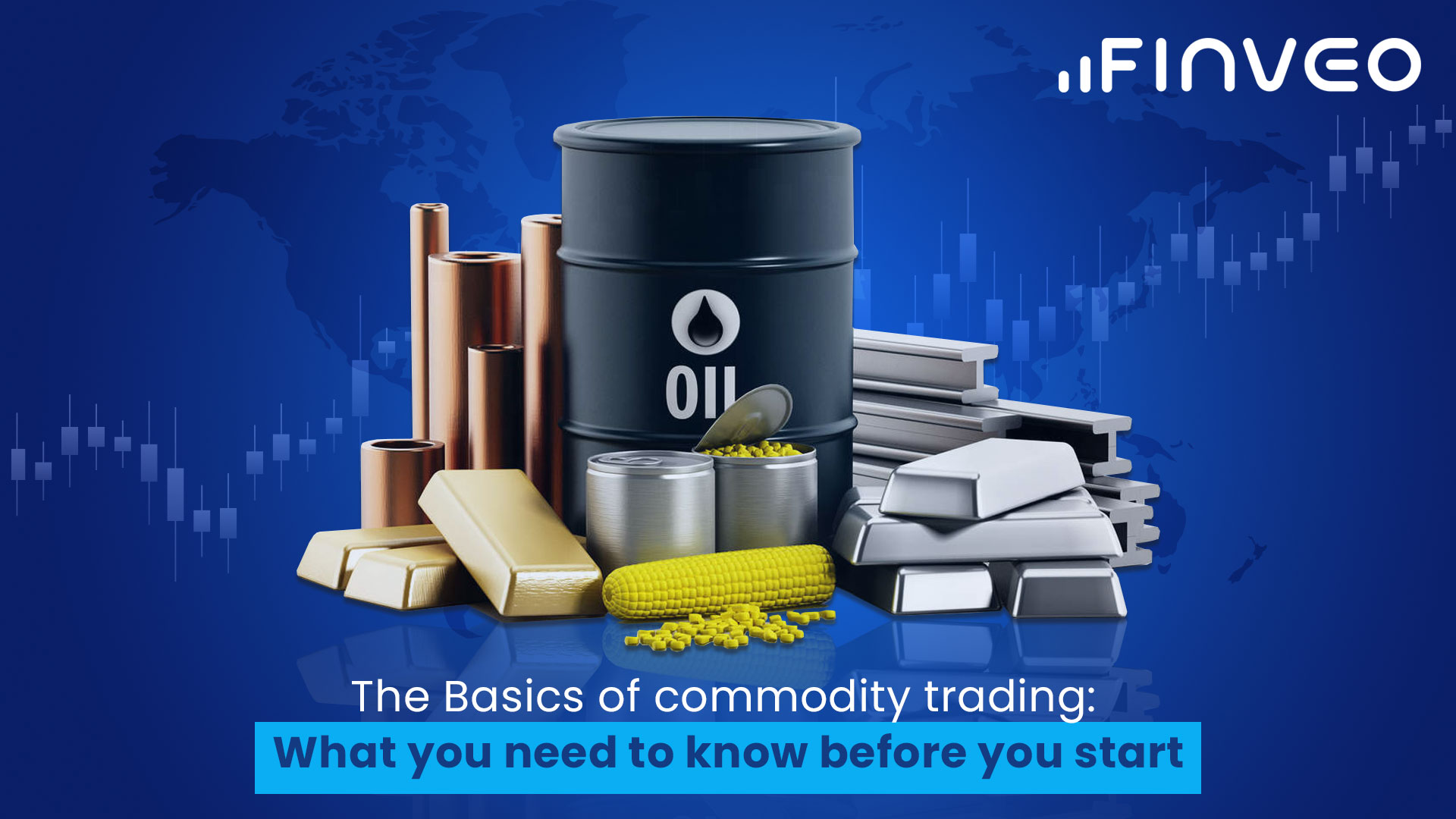Copper, often referred to as "the red metal," has long played a crucial role in our modern world. While gold has traditionally held the spotlight as a valuable metal for investors, it's time to shed light on copper trading and its potential to become the new gold. As global industries shift towards renewable energy, electric vehicles, and infrastructure development, copper's significance as a valuable commodity is skyrocketing. In this article, we delve deeper into the reasons behind copper's surging popularity, its unique characteristics, supply and demand dynamics, economic factors affecting its prices, technical analysis strategies, risk management in copper trading, and the potential it holds for investors seeking new avenues for financial growth.
The Increasing Demand for Copper
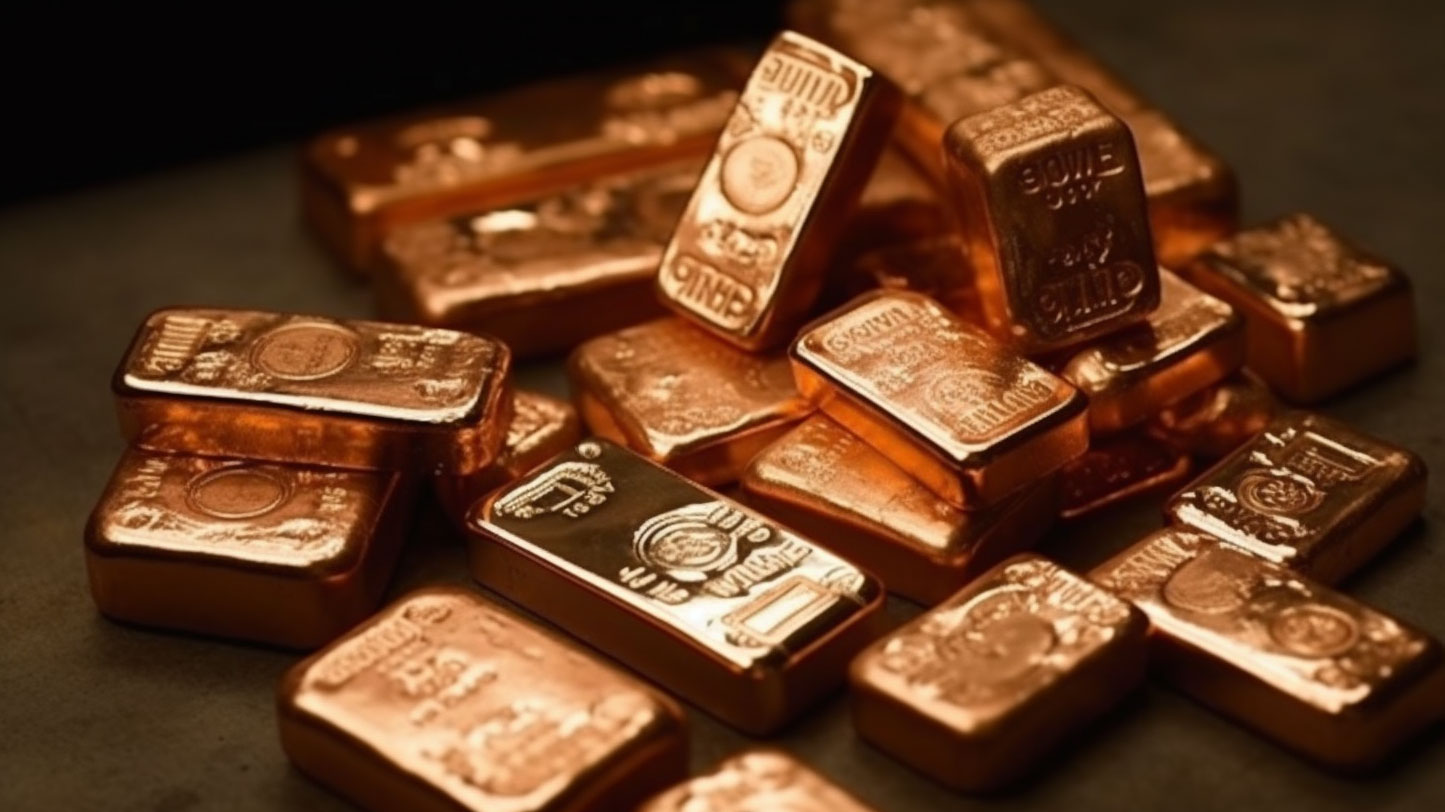
The demand for copper is on the rise due to several factors. One significant factor is the growing focus on renewable energy sources. Copper is an essential component in wind turbines, solar panels, and energy storage systems, making it a critical metal for the transition to a greener future. The increasing adoption of electric vehicles is another driving force behind copper's demand surge, as these vehicles require a substantial amount of copper for their batteries, motors, and charging infrastructure. Furthermore, infrastructure projects, especially in emerging economies, heavily rely on copper for construction and electrical wiring.
Copper's Unique Characteristics

Copper possesses a range of unique characteristics that contribute to its wide applicability. Its excellent electrical and thermal conductivity make it ideal for conducting electricity and heat efficiently, making it indispensable in electrical wiring and industrial machinery. Additionally, copper's malleability allows it to be easily shaped into various forms, enabling its use in piping systems, plumbing, and manufacturing. Moreover, copper exhibits antimicrobial properties, making it a hygienic choice for healthcare facilities, water treatment systems, and other areas where sanitation is paramount.
Supply and Production Dynamics
Copper production is concentrated in a few key regions, with Chile, Peru, China, and the United States leading the way. Any disruptions in these regions, such as labor strikes, regulatory changes, or geological challenges, can significantly impact the global copper supply. Furthermore, as existing copper deposits are depleted, the industry is increasingly turning to lower-grade ores, resulting in higher extraction costs and potential supply constraints. The delicate balance between supply and demand, coupled with geopolitical factors, can create price volatility in the copper market.

Economic Factors Influencing Copper Prices
Copper prices are influenced by various economic factors. The metal's close relationship with global economic growth makes it sensitive to macroeconomic indicators such as GDP growth, manufacturing and construction activity, and infrastructure spending. Changes in these indicators can signal shifts in copper demand and impact its price. Additionally, fluctuations in currency exchange rates, geopolitical tensions, trade policies, and government regulations can all contribute to price volatility in the copper market.
Technical Analysis in Copper Trading
Technical analysis plays a vital role in understanding and predicting price movements in the copper market. Traders use various tools, such as charts, indicators, and patterns, to identify trends, support and resistance levels, and potential entry and exit points. By analyzing historical price data and monitoring key technical indicators specific to copper, such as the Copper/Gold ratio or the Copper Demand Index, traders can make informed decisions and improve their trading strategies.
Here's an example of how technical analysis can be applied in copper trading:
Trend Analysis: Traders often begin by identifying the prevailing trend in copper prices. They examine long-term charts, such as weekly or monthly timeframes, to determine if the trend is bullish (upward), bearish (downward), or ranging (sideways). Once the trend is established, traders can align their trading strategies accordingly. For example, in a bullish trend, traders may look for buying opportunities on pullbacks or breakouts, while in a bearish trend, they may focus on short-selling or entering positions on retracements.
Support and Resistance Levels: Identifying support and resistance levels is crucial in copper trading. Support levels are price levels where buying interest is expected to emerge, preventing the price from declining further. Resistance levels, on the other hand, are price levels where selling pressure tends to emerge, preventing the price from rising further. By analyzing historical price action and chart patterns, traders can pinpoint these levels and use them as reference points for determining entry and exit points. Breakouts above resistance or bounces off support can signal potential trading opportunities.
Indicators and Oscillators: Traders often use technical indicators and oscillators to gain additional insights into the copper market. Popular indicators such as moving averages, relative strength index (RSI), and MACD (Moving Average Convergence Divergence) can provide signals of potential trend reversals, overbought or oversold conditions, and momentum shifts. For example, if the RSI indicates that copper is in an overbought state, traders may consider taking profits or entering short positions as a correction could be imminent.
Chart Patterns: Chart patterns, such as triangles, double tops, and head and shoulders, can provide valuable information about potential price movements in copper. These patterns are formed by the interplay of supply and demand and can indicate trend continuation or reversal. Traders who can identify and interpret these patterns correctly may find high-probability trading opportunities. For instance, a breakout from a bullish triangle pattern could suggest a further upward move in copper prices.
Volume Analysis: Analyzing trading volume can help traders confirm the validity of price movements and identify potential trend reversals. Increasing volume during price breakouts or significant declines can indicate strong market participation and provide more conviction in trading decisions. Conversely, decreasing volume during consolidations or indecisive price movements may suggest a lack of market interest and caution among traders.
It's important to note that technical analysis should be used in conjunction with fundamental analysis and risk management strategies. By combining these approaches, traders can develop a comprehensive trading plan that takes into account both market dynamics and individual risk tolerance, enhancing their chances of success in copper trading.

Risk Management and Copper Trading
Successful copper trading requires effective risk management strategies. Traders should establish risk parameters, set stop-loss orders, and diversify their portfolios to mitigate potential losses. Staying informed about market news, supply and demand dynamics, and geopolitical developments is crucial for making well-informed trading decisions. Additionally, employing proper position sizing techniques and adhering to disciplined trading practices can help manage risk and optimize trading performance in the volatile copper market.
The Future of Copper Trading
The future of copper trading holds significant promise as the global economy shifts towards sustainable development and clean energy solutions. Here are some key factors that indicate the potential growth and opportunities in copper trading:

Renewable Energy Boom: The increasing adoption of renewable energy sources, such as wind and solar power, requires significant amounts of copper for infrastructure development and energy transmission. As governments and industries worldwide commit to reducing carbon emissions and achieving renewable energy targets, the demand for copper is expected to soar. This transition presents a tremendous opportunity for traders to capitalize on the rising demand for copper and its essential role in renewable energy systems.
Electric Vehicle Revolution: The rapid growth of the electric vehicle (EV) market is another major driver behind the future of copper trading. Electric vehicles utilize substantially more copper compared to traditional internal combustion engine vehicles, as it is used in electric motors, batteries, and charging infrastructure. With governments around the world implementing policies to encourage EV adoption and automakers ramping up production, the demand for copper is projected to skyrocket. Traders who recognize this trend early can position themselves to benefit from the surge in copper demand.
Infrastructure Development: Infrastructure projects, particularly in emerging economies, rely heavily on copper for construction, electrical wiring, and telecommunications systems. As countries invest in upgrading their infrastructure to support economic growth and improve living standards, the demand for copper will continue to rise. The ongoing global focus on infrastructure development, including the implementation of smart cities and 5G networks, presents lucrative opportunities for traders in the copper market.
Supply Challenges and Price Volatility: While demand for copper is expected to increase, supply challenges pose a potential risk and could contribute to price volatility. As copper deposits become depleted, the industry is forced to extract lower-grade ores, resulting in higher extraction costs and potential supply constraints. Additionally, geopolitical factors, labor strikes, and environmental regulations in major copper-producing regions can disrupt supply chains. Traders who stay informed about these factors and adapt their strategies accordingly can navigate potential price fluctuations and capitalize on market opportunities.

Technological Advancements: Technological advancements in mining techniques and extraction processes can potentially impact copper production and supply. Innovations such as automation, advanced exploration technologies, and improved extraction methods may contribute to increased efficiency and productivity in the copper mining industry. Keeping abreast of these advancements can provide traders with insights into the potential impact on supply dynamics and help them make informed trading decisions.
Final Thoughts
Copper trading is rapidly gaining recognition as a lucrative investment opportunity. With its increasing demand, unique characteristics, and diverse industrial applications, copper holds the potential to become the new gold for astute investors and traders. By closely monitoring market dynamics, employing effective analysis techniques, and implementing sound risk management strategies, individuals can tap into the wealth of opportunities that copper trading offers and potentially reap substantial rewards in the evolving global marketplace.
